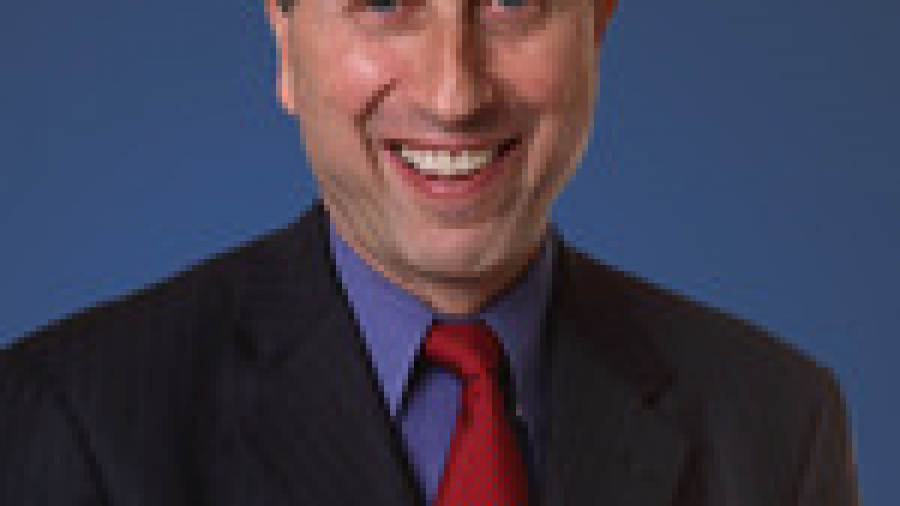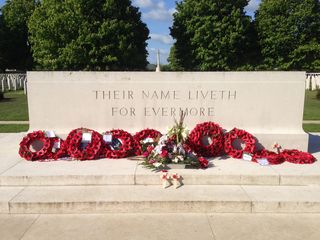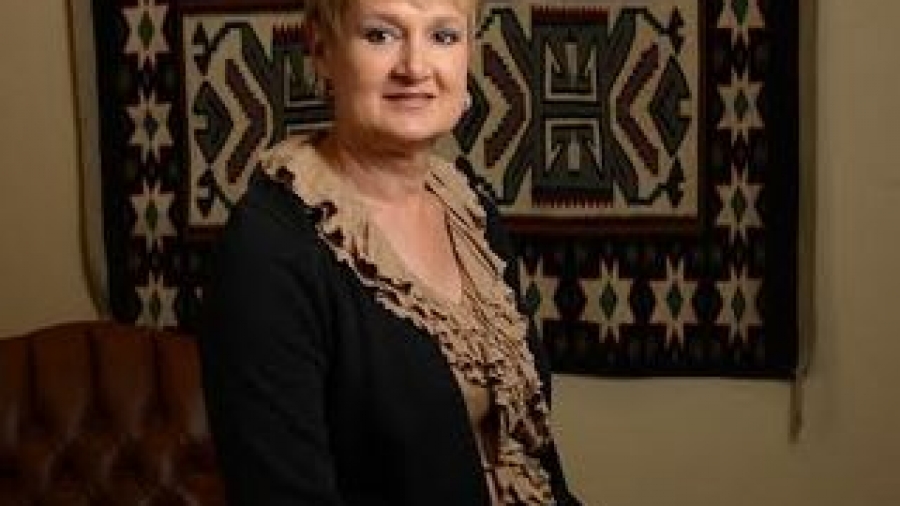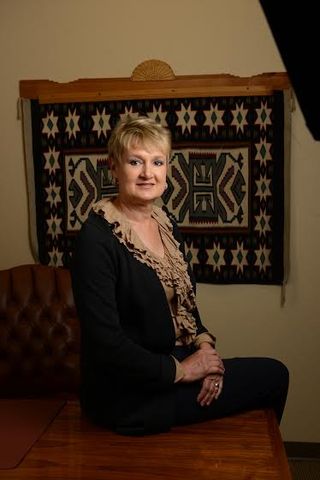On March 23, 2010, the Elder Justice Act (“EJA”) was signed into law by President Obama as part of the Affordable Care Act (a/k/a “Obamacare”). See Patient Protection and Affordable Care Act, Pub. L. 111-148 (2010), as amended by the Health Care and Education Reconciliation Act, Pub. L. 111-152 (2010), collectively referred to as the Affordable Care Act. The EJA creates a new Subtitle H to Title XX of the Social Security Act, largely codified at 42 U.S.C. § 1397j to § 1397m. The EJA is the first comprehensive national legislation directed at elder abuse.
The EJA is a four-pronged initiative intended to accomplish the following.
a. Enhance national coordination of elder justice activities and research.
b. Establish forensic centers to develop expertise and jurisprudence in elder abuse, neglect, and exploitation.
c. Strengthen adult protective services.
d. Enhance the capacity of long-term care settings to prevent and respond to elder abuse, neglect, and exploitation. See Brian W. Lindberg, Charles P. Sabatino, Esq. and Robert B. Blancato, Bringing National Action to a National Disgrace: The History of the Elder Justice Act, NAELA Journal, Vol. VII, No. 1, Spring 2011, 105, at 115.
 Elder Justice Coordinating Council
Elder Justice Coordinating Council
In recognition of the importance of coordinating the many federal, state, and local agencies and entities with jurisdiction over myriad aspects of elder abuse, neglect, and exploitation, Section 2021 of the EJA establishes the Elder Justice Coordinating Council (“EJCC”). See Sections 2021 to 2024 of the EJA, 42 U.S.C. § 1397k. The EJCC is required to make recommendations to the Secretary of the Department of Health and Human Services every two years to report on the coordination of elder justice activities by relevant federal agencies, and to report to Congress on accomplishments, challenges and recommendations for legislative action. Current members of the EJCC include the following.
a. Secretary, U.S. Department of Health and Human Services.
b. Attorney General, U.S. Department of Justice.
c. Director, Consumer Financial Protection Bureau.
d. CEO, Corporation for National & Community Service.
e. Secretary, Department of Housing and Urban Development.
f. Secretary, Department of Labor.
g. Secretary, Department of the Treasury.
h. Secretary, Department of Veterans Affairs.
i. Office of the Chairman, Federal Trade Commission.
j. Chief Postal Inspector, Postal Inspection Service.
k. Commissioner, Social Security Administration.
The EJCC held its inaugural meeting in October 2012, followed by two sessions in May and September of 2013. For further information regarding the current EJCC initiatives, proposals and numerous “white papers” on the issues, click here.
On my next blog post, I'll address the use of a multi-disciplinary team of allied professionals to help combat Elder Financial Abuse.
Kristen M. Lewis, Esq., Member of the Special Needs Alliance and Fellow of the American College of Trust and Estate Counsel.





















